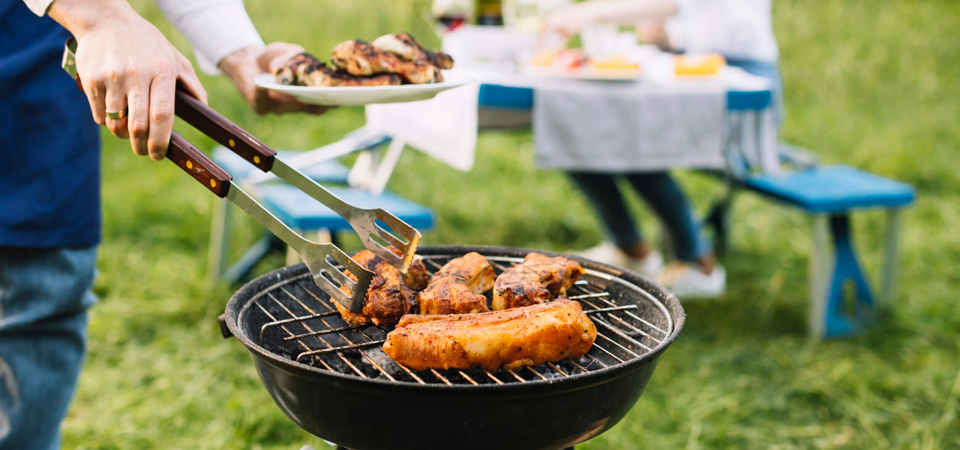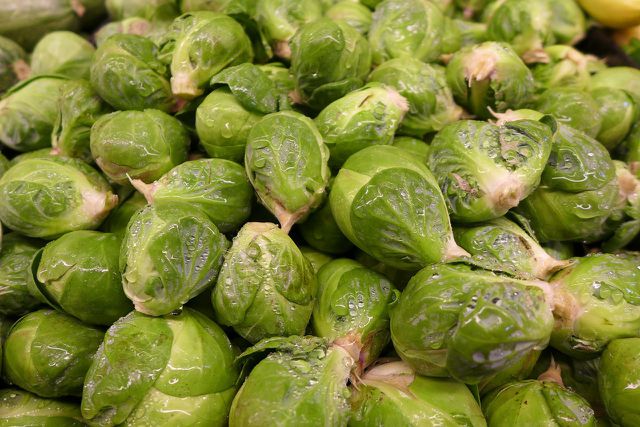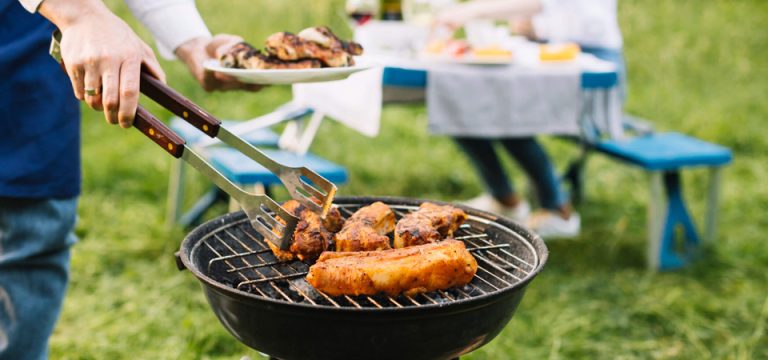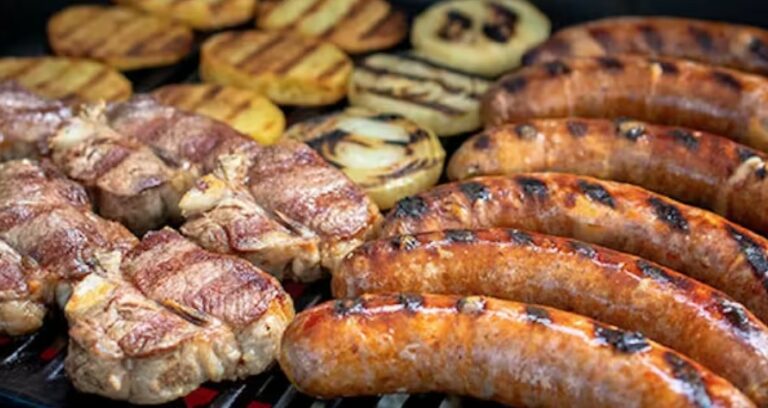Winter barbecues are fun and can be a sensible alternative to eating together in closed rooms in the Corona year. We tell you what you should consider and recommend three particularly sustainable recipes.
Winter barbecues but sustainable – is that possible?

Even in winter, barbecue fans can get their money’s worth. However, if you want to grill in the winter as sustainably as possible, you should consider a few points:
Some grills have fallen into disrepute among environmentalists in recent years. However, which grill you use has less of an impact on the carbon footprint. According to the experts, grilled food causes 95 percent of all climate-damaging emissions. Beef and cheese are considered particularly harmful to the climate.
In general, if you want to grill sustainably, you should pay particular attention to what you grill. If you do without animal grilled food, such as beef steak and pork ribs, and instead grill regional and seasonal fruits and vegetables, this has a positive effect on your CO2 balance.
For inspiration, we have three sustainable recipes for winter grilling for you that you can try next time.
General tips for winter grilling
In winter it is particularly important that you make sure that you store the charcoal correctly. Because if it has become damp, it is difficult to light it. So keep them in a dry place.
Regardless of whether you prefer charcoal or barbecue briquettes, make sure that they do not contain any tropical wood. That’s not uncommon. Unfortunately, the information on the charcoal bags is often not very meaningful and there is no organic certification except for one manufacturer (Nero Grillkohle Native). Nevertheless, pay attention to wood seals such as FSC or Naturland.
In winter it is more difficult to reach and maintain the right temperature when grilling. If you have a grill with a lid, that’s definitely an advantage. Only raise it as infrequently as possible to avoid losing too much heat. Also watch out for the wind. Not only does it cool down your grill faster, but it can also blow ash onto the grilled food.
To warm you and your guests, you can set up a fire basket. Keep safety in mind and put out the embers when you leave the fireplace.
Beetroot and tofu bags for the winter barbecue

Grilling without aluminum foil is very easy. You can also make delicious vegetarian vegetable pockets from vegetable leaves. In winter you can find all kinds of seasonal vegetables that are great for wrapping – for example beetroot.
For beetroot and tofu pockets you need the following ingredients:
three pre-cooked beetroots
200 grams of tofu
Salt, pepper, rosemary to taste
4-6 large vegetable leaves (e.g. beetroot, kohlrabi)
Wooden skewers/toothpicks made of wood
How to prepare the delicious winter grill recipe:
Cut the tofu and beetroot into small cubes and mix them with salt, pepper and rosemary.
Then, grab some beetroot leaves and wrap the ingredients in them.
Seal your packages with a wooden skewer.
Grill the packets for about 10 to 15 minutes. Now you can enjoy the wintry delicacy.
Spicy pumpkin tempeh skewers
Another great and vegan recipe for winter grilling are pumpkin tempeh skewers. Spicy marinated, they also convince every meat eater and are definitely the highlight of your winter barbecue party.
You need these ingredients:
For the skewers
a medium-sized Hokkaido pumpkin
200 grams of tempeh
a vegetable onion
wooden skewers
Marinade for the skewers
two cloves of garlic
2-3 tbsp soy sauce
3 tbsp agave syrup
1 tsp chilli flakes
2 tbsp tomato paste
1 tsp coriander powder
Salt and pepper and spices like curry, cumin and turmeric to taste
How to prepare the seasonal winter grilled food:
Cut the squash and tempeh into 2-inch chunks.
Then peel and chop the onion. You should only quarter small onions so that the pieces do not burn on the grill.
Now alternately skewer the ingredients on the wooden skewers.
For the marinade, press the garlic through a garlic press or finely chop it with a knife. Mix it with the other ingredients in a small bowl.
Now brush the skewers with the marinade and let them stand for about one to three hours.
Then grill them on the grill grate for about 10 to 15 minutes.
Balsamic Brussels Sprouts with Garlic

An unusual, sophisticated recipe for winter grilling is also balsamic Brussels sprouts with garlic.
You need these ingredients:
about 300 g Brussels sprouts
three cloves of garlic
Salt pepper
basil
3 tablespoons balsamic vinegar
You can prepare balsamic Brussels sprouts so easily and quickly:
Pre-cook the Brussels sprouts and let them cool.
Then marinate it with fresh garlic, salt, pepper, basil and dark balsamic vinegar.
Then grill the florets in the grill basket for about 20 minutes. The vinegar soaks in and the garlic develops its aroma.
Together with potato wedges, pumpkin or other seasonal grilled food, this recipe is a real highlight.
So that your guests don’t freeze while they’re waiting for the grilled vegetables, you can serve homemade mulled wine or children’s punch.


